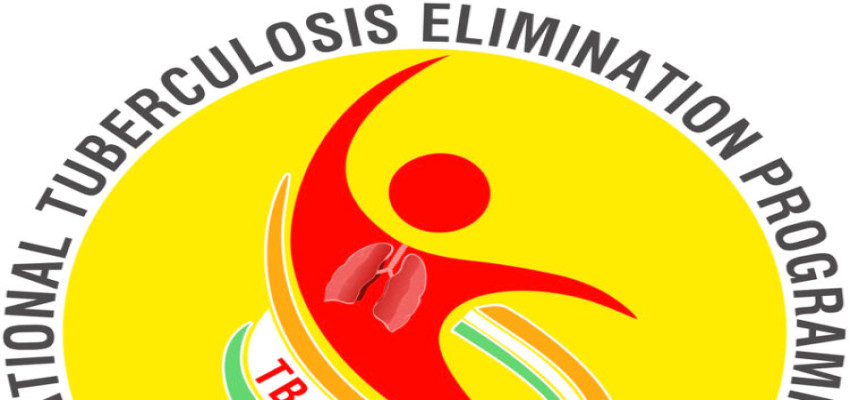
As per the Global TB Report 2023, published by the World Health Organization, the estimated number of drug resistant TB in India has reduced by 21% from 1.4 lakhs in 2015 to 1.1 lakhs in 2022. The Government has scaled up the availability of molecular diagnostic facilities and thereby there has been an increase in the proportion of TB patients being screened for the presence of drug resistance.
There has been regular supply of Anti-TB drugs to all the State/UTs from the central level under the National TB Elimination Programme (NTEP) throughout the year and regular assessments are conducted to evaluate the stock positions at various levels, from central warehouses to peripheral health institutes. Further, State/UTs have been provisioned with resources for local procurement for limited quantities as and when required to meet the emergent requirements.
The steps taken by government for early diagnosis and treatment of Drug Resistant TB are as under:
1) the availability of molecular diagnostics has been scaled up to 6196 Nucleic Acid Amplification Test (NAAT) machines to cover all districts of the country. In addition, 91 Line Probe Assay and 69 liquid culture testing laboratories have been established for diagnosis of multi drug resistance.
2) Universal Drug Susceptibility Testing (UDST) is implemented to ensure every diagnosed TB patient is tested to rule out drug resistance at the time of diagnosis.
3) Newer drugs like Bedaquiline and Delamanid have been introduced for management of drug resistant TB.
4) Decentralized DR-TB treatment services are offered through 792 DR-TB Centres across the country.

